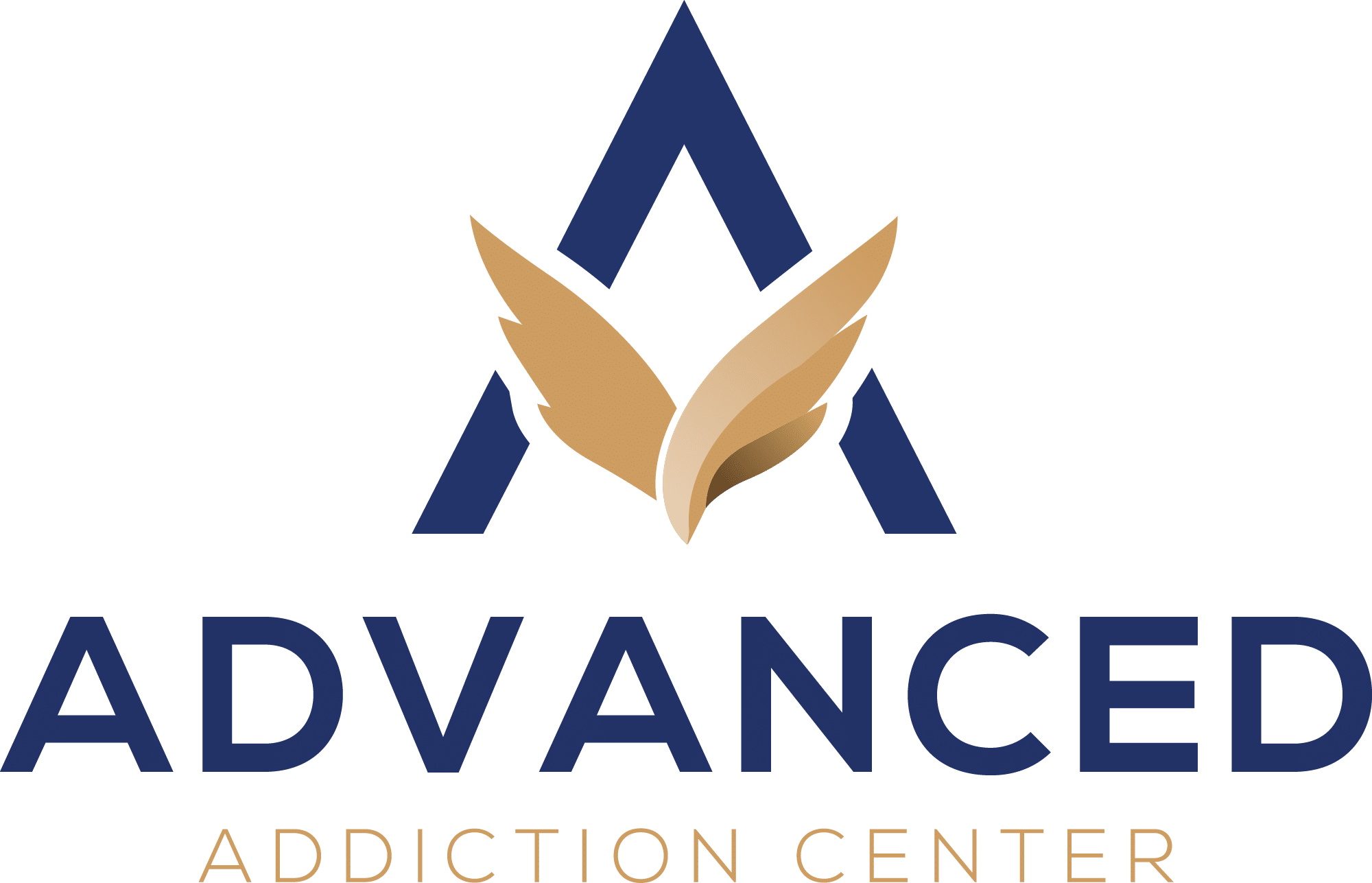In our society, the impact of substance abuse is widespread, affecting individuals, families, and communities across the globe. Substance abuse awareness and education are pivotal tools in the battle against this pervasive issue. By understanding the nature of different substances, their effects on the body and mind, and the societal implications, we can arm ourselves with the knowledge necessary to combat addiction. Education acts as the first line of defense, enabling individuals to make informed decisions and recognize the signs of abuse in themselves or others.
The importance of substance abuse education extends beyond mere knowledge of drugs and alcohol; it encompasses understanding the psychological, social, and physiological factors that contribute to addiction. Through comprehensive education, individuals are better equipped to resist the onset of substance abuse and are more likely to seek help when needed. This article aims to shed light on the various types of substances, delve into the science of addiction, and underscore the critical role of education in prevention, guiding readers towards a more informed and proactive stance against substance abuse.
The Science of Addiction
Addiction is a complex disease that can be caused by a variety of factors, including genetics, brain chemistry, and environment. It is characterized by compulsive drug seeking and use, despite harmful consequences.
How Addiction Works
When someone uses an addictive substance, it triggers the release of dopamine. Dopamine is a neurotransmitter that plays a role in pleasure and reward. This creates a feeling of euphoria. This can be very reinforcing. Over time, the brain adapts to the presence of the drug, and less dopamine is released in response to it. Likewise, this can lead to tolerance, which means that the person needs to take more and more of the drug to get the same effect.
In addition to tolerance, addiction can also lead to changes in the brain’s reward system, making it difficult to experience pleasure from anything other than the drug. This can lead to a number of problems, including social isolation, neglect of responsibilities, and mental health problems.
Risk Factors for Addiction
There are a number of factors that can increase a person’s risk of addiction, including:
- Genetics: Studies have shown that addiction can run in families.
- Brain chemistry: People with certain brain chemistries may be more at risk of addiction.
- Mental health disorders: People with mental health disorders, such as depression or anxiety, are more likely to develop addiction.
- Environment: People who are exposed to trauma or who have a lot of stress in their lives may be more likely to turn to drugs or alcohol to cope.
Types of Substances and Their Effects
Substance abuse can involve a variety of substances, each with unique effects on the body and mind. Understanding these can provide critical insights into the risks and help in identifying signs of abuse:
- Alcohol: Despite being legal, alcohol can have severe effects on the body, including liver damage, cardiovascular problems, and mental health issues like depression and anxiety. It impairs judgment and coordination, leading to risky behaviors. Chronic use can lead to alcohol use disorder.
- Opioids: This class includes prescription painkillers like oxycodone and illegal drugs like heroin. Opioids affect the brain’s reward system, leading to high risk of dependency. Abuse can result in respiratory depression, overdose, and death. Withdrawal symptoms can be severe.
- Stimulants: This category covers drugs like cocaine and methamphetamine, which increase energy and attention but can lead to dangerous increases in heart rate and blood pressure. Long-term use can result in severe dental problems, weight loss, and increased risk of stroke. Visit Treatment for Stimulant Use Disorders for more information.
- Hallucinogens: Drugs like LSD and psilocybin alter perception and can cause hallucinations. While some argue for therapeutic potential, unsupervised use poses risks of psychological distress and accidents during altered states. Visit Hallucinogens for a comprehensive overview.
- Prescription Drugs: Misuse of prescription medication, including sedatives, anti-anxiety drugs, and stimulants, can lead to dependency and serious health risks. Misuse often starts with a legitimate prescription but can evolve into recreational use.
Understanding these substances and their effects can empower individuals to recognize signs of abuse in themselves or loved ones, facilitating early intervention.
Importance of Substance Abuse Education
Education plays a pivotal role in preventing substance abuse. By providing individuals, especially young people, with factual information. Specifically about the effects of drugs and alcohol, and educational programs can demystify substances. As well as reduce their allure. This knowledge equips individuals with the ability to make informed decisions and recognize the dangers of misuse.
Moreover, in schools substance abuse education can incorporate into health classes, providing students with a clear understanding of the consequences of drug use. In communities, public health initiatives can offer workshops and seminars to educate members about the risks associated with substance abuse and the resources available for help.
In the workplace, educational programs can help in creating a safe and healthy work environment. Employers can implement policies that support employees dealing with addiction, providing resources for recovery and maintaining a supportive atmosphere.
Prevention Strategies for Individuals and Communities:
Effective prevention of substance abuse requires a concerted effort from both individuals and communities. One fundamental approach is fostering open communication about the dangers and consequences of substance abuse. Specially within families and educational settings. Open dialogues can dispel myths surrounding drug use and encourage individuals to share concerns and seek help without fear of judgment.
Creating supportive environments is crucial for prevention.
This involves establishing strong social networks, engaging in healthy activities, and providing access to community resources that promote well-being. Schools, workplaces, and neighborhoods can implement policies and programs that reinforce positive behavior and provide alternatives to substance use.
Recognizing the signs of substance abuse is another vital component of prevention.
Early detection can lead to timely intervention, significantly improving the chances of successful recovery. Educating individuals and community leaders on how to identify symptoms of substance use disorder can pave the way for offering support and treatment to those in need.
Community involvement plays a significant role in prevention.
Organizing awareness campaigns, hosting educational workshops, and providing support groups are ways communities can unite against substance abuse. By leveraging local resources, such as community health centers and social services, communities can develop a comprehensive approach to prevent substance abuse and support those affected.
For more strategies and community resources, consider visiting the Advanced Addiction Center’s guide on Prevention Strategies.
External Resources and Support Systems:
For individuals seeking additional information and support on substance abuse prevention and treatment, various external resources are available:
SAMHSA (Substance Abuse and Mental Health Services Administration): Offers treatment locator tools and resources for finding help.
NIDA (National Institute on Drug Abuse): Provides comprehensive information on drug use, effects, and treatment.
Local Community Health Centers: Often offer substance abuse treatment and counseling services; check your local listings for services available in your area.
Furthermore, these resources can provide valuable information and support for individuals and families affected by substance abuse, facilitating education, treatment, and recovery.








